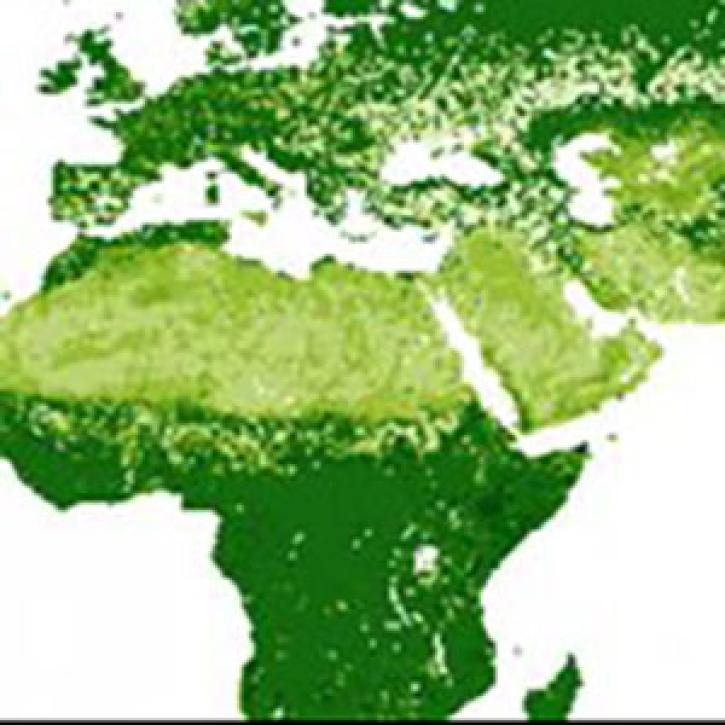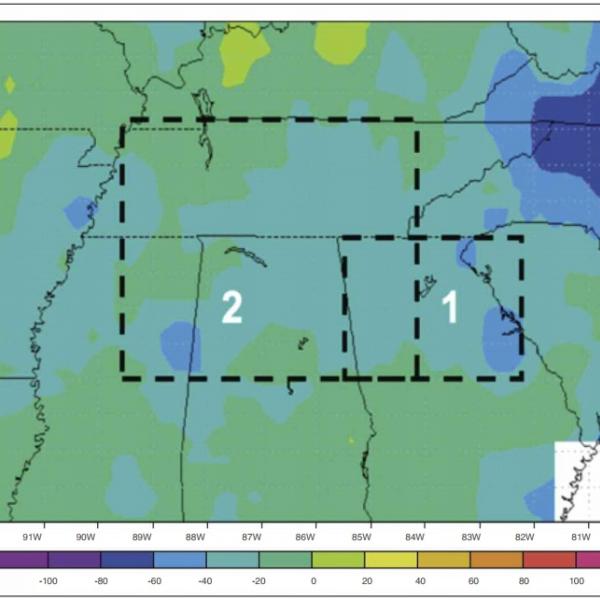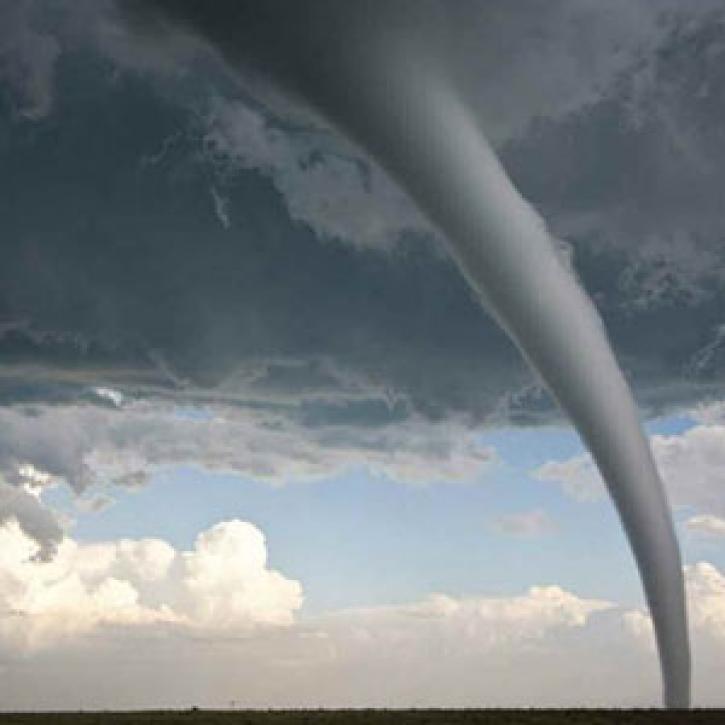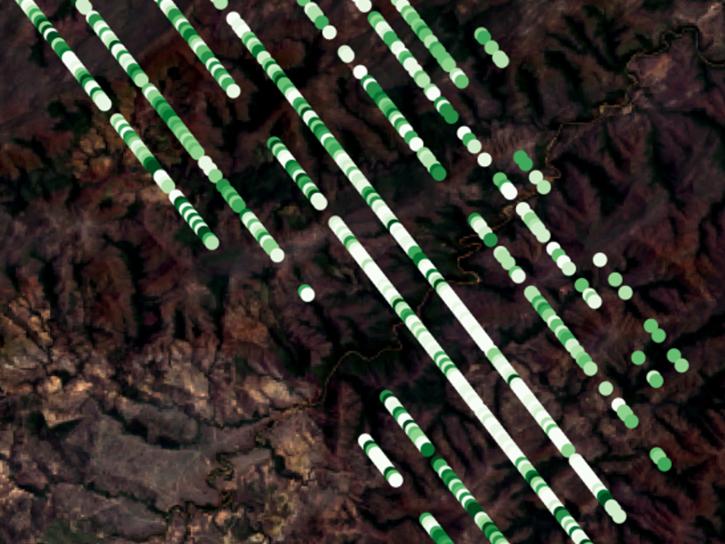Access a range of datasets and data tools to further your soils research.
Research exploring the dark mix of minerals, organic materials, and other elements we call soil is important to everyone everywhere. Soils provide a substrate for plants to grow, filter water, provide habitat for ecosystems, and protects terrain from erosion to name a few of its essential functions. Scientists study Earth's soils with NASA data ranging from soil moisture measurements to maps of above and belowground biomass carbon. The data come from technology such as the Global Navigation Satellite System (GNSS) and Moderate Resolution Imaging Spectroradiometer (MODIS) instrument. The data are used around the world to inform crop production, study ecosystem health, monitor drought and wildfire potential, calculate stored carbon and other chemical ground sequestration, predict weather, and many other important purposes.
Dig into NASA's soils data to see how much they can help you learn more about this medium that is a foundational component for supporting life on Earth.
Learn How to Use Soils Data



Join Our Community of NASA Data Users
While NASA data are openly available without restriction, an Earthdata Login is required to download data and to use some tools with full functionality.
Learn About the Benefits of Earthdata LoginFrequently Asked Questions
Earthdata Forum
Our online forum provides a space for users to browse thousands of FAQs about research needs, data, and data applications. You can also submit new questions for our experts to answer.
Submit Questions to Earthdata Forumand View Expert Responses
